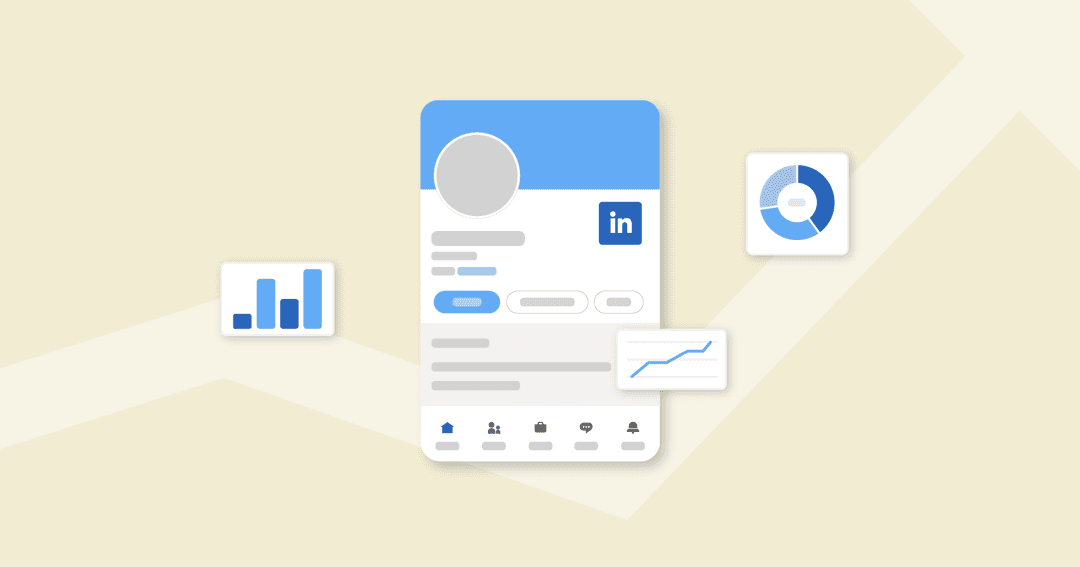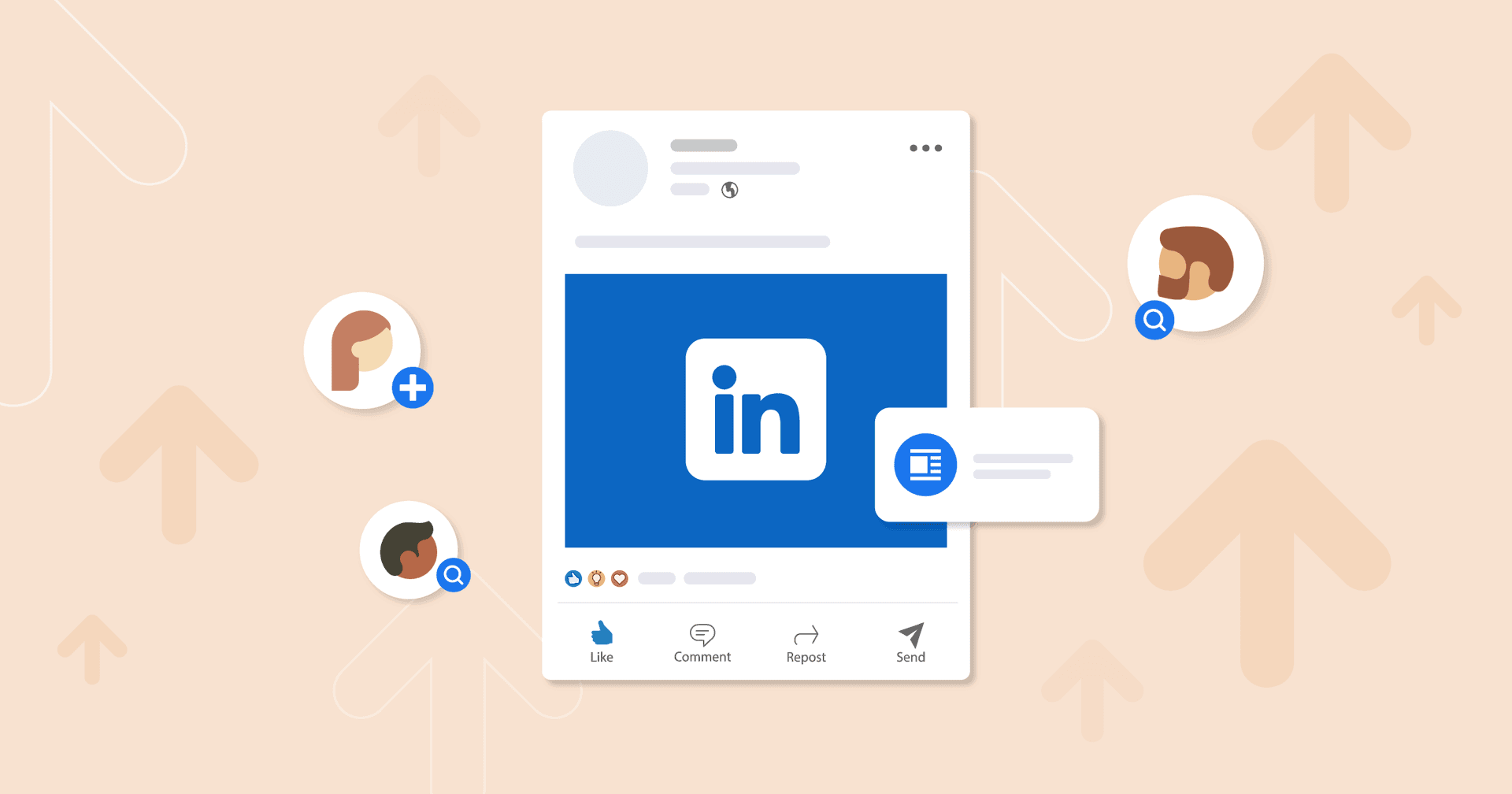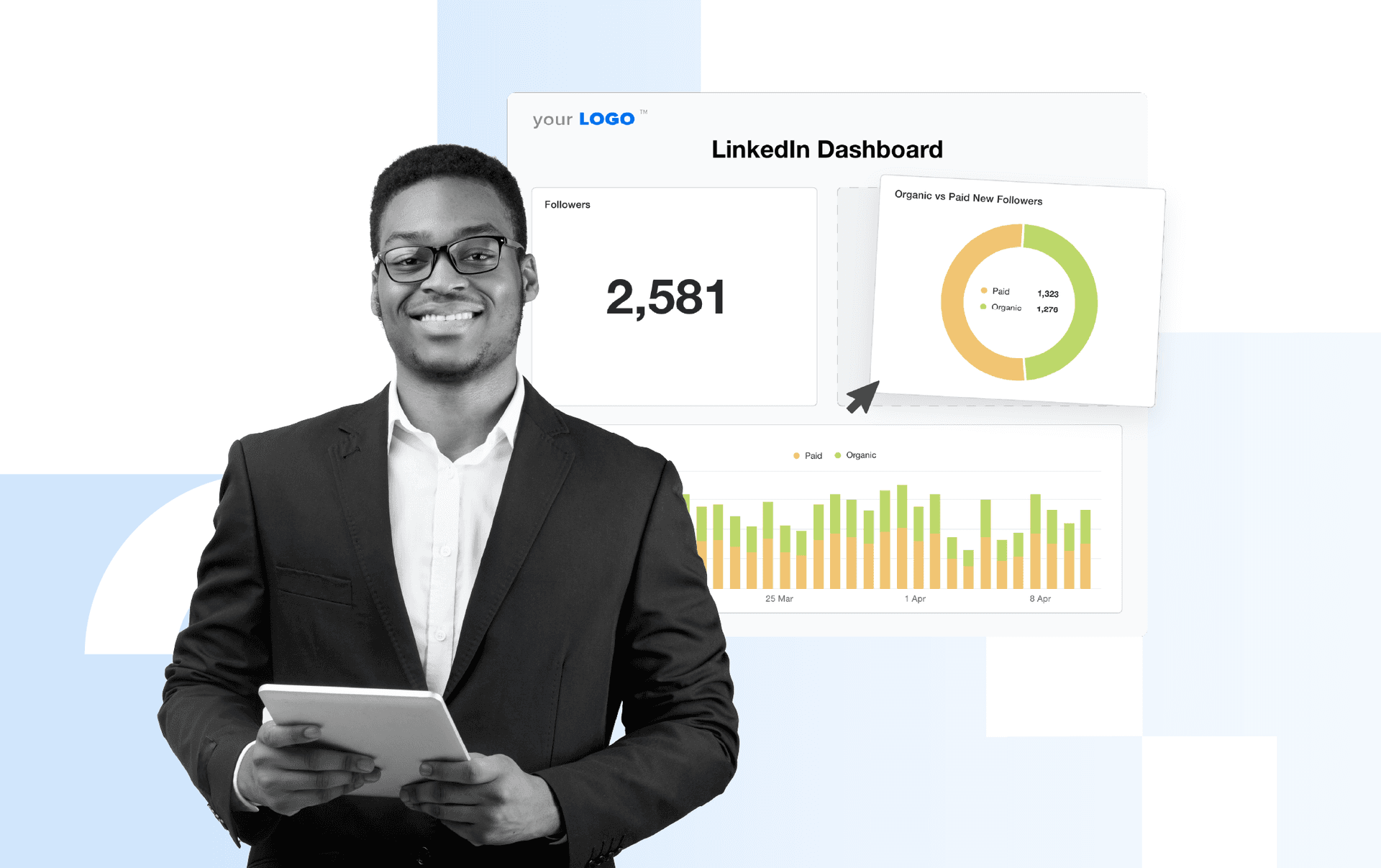Table of Contents
Table of Contents
- 1. Use LinkedIn for Professional Networking
- 2. Understand the Limits of Virality
- 3. Hone Your Posting Frequency to Balance Quantity vs. Quality
- 4. Customize Content for Agency ICP and Niche
- 5. Favor Personal Branding vs. Agency Promotion
- 6. Understand the Impact of Algorithm Changes
- 7. Resist the Temptation of Paid Ads
- 8. Engage Beyond Posting Content
- 9. Leverage LinkedIn for Thought Leadership
- 10. Use LinkedIn for Market Research
- Embrace LinkedIn as a Powerful Business Development Tool
7,000+ agencies have ditched manual reports. You can too.
Free 14-Day TrialQUICK SUMMARY: LinkedIn is essential for agency leaders looking to expand client acquisition and enhance brand marketing efforts. This article outlines 10 strategies from Jesse McFarland, founder of SpearPoint Marketing, on leveraging LinkedIn for business development. Having grown his following to more than 13,000 and acquired a third of his clients via LinkedIn, Jesse offers crucial insights to boost visibility, foster strategic partnerships, and drive agency growth.
LinkedIn is more than just a professional networking site; it's an essential tool for agency leaders who want to amplify their business development and branding efforts.
Jesse McFarland, the founder of SpearPoint Marketing, is a prime example of leveraging LinkedIn beyond the platform’s basic functionalities. Located in Centennial, Colorado, Jesse founded his digital marketing, consulting, and SEO agency in 2022.
For years, Jesse had approached LinkedIn in a fairly typical fashion, using the platform as a digital space to display his resume, list his skills, and outline his professional experiences. Like many other professionals, he viewed LinkedIn as an online directory where potential employers and colleagues could review his qualifications.
Upon launching Spearpoint, however, Jesse came to a new conclusion: LinkedIn was a gateway to scaling the agency and attracting and engaging his ideal agency clients.
Over the past year and a half, Jesse has grown his personal LinkedIn audience to 13,000 followers and acquired a third of SpearPoint Marketing’s clients via interactions on the platform.
Jesse’s journey from basic use to mastering LinkedIn as a strategic business tool offers valuable lessons for other agency leaders.
Let’s examine Jesse’s 10 strategic tips on how any agency leader can use LinkedIn to connect with peers, strategically enhance their agency's visibility and client acquisition, and drive business growth.
1. Use LinkedIn for Professional Networking
Although he first used LinkedIn as a job search and referral tool, Jesse's LinkedIn usage has evolved as he explored its additional features and capabilities. He recognized the platform could do much more—it could help him connect with industry leaders, engage in discussions relevant to his field, and stay updated with industry trends.
Once he realized this, he transitioned from using LinkedIn as a portfolio to leveraging it as a dynamic networking tool for his young agency.
Jesse recommends actively participating in LinkedIn groups related to digital marketing, agency life, and business strategy. By contributing meaningful insights and engaging with other group members, you’ll establish yourself as an active professional community member.
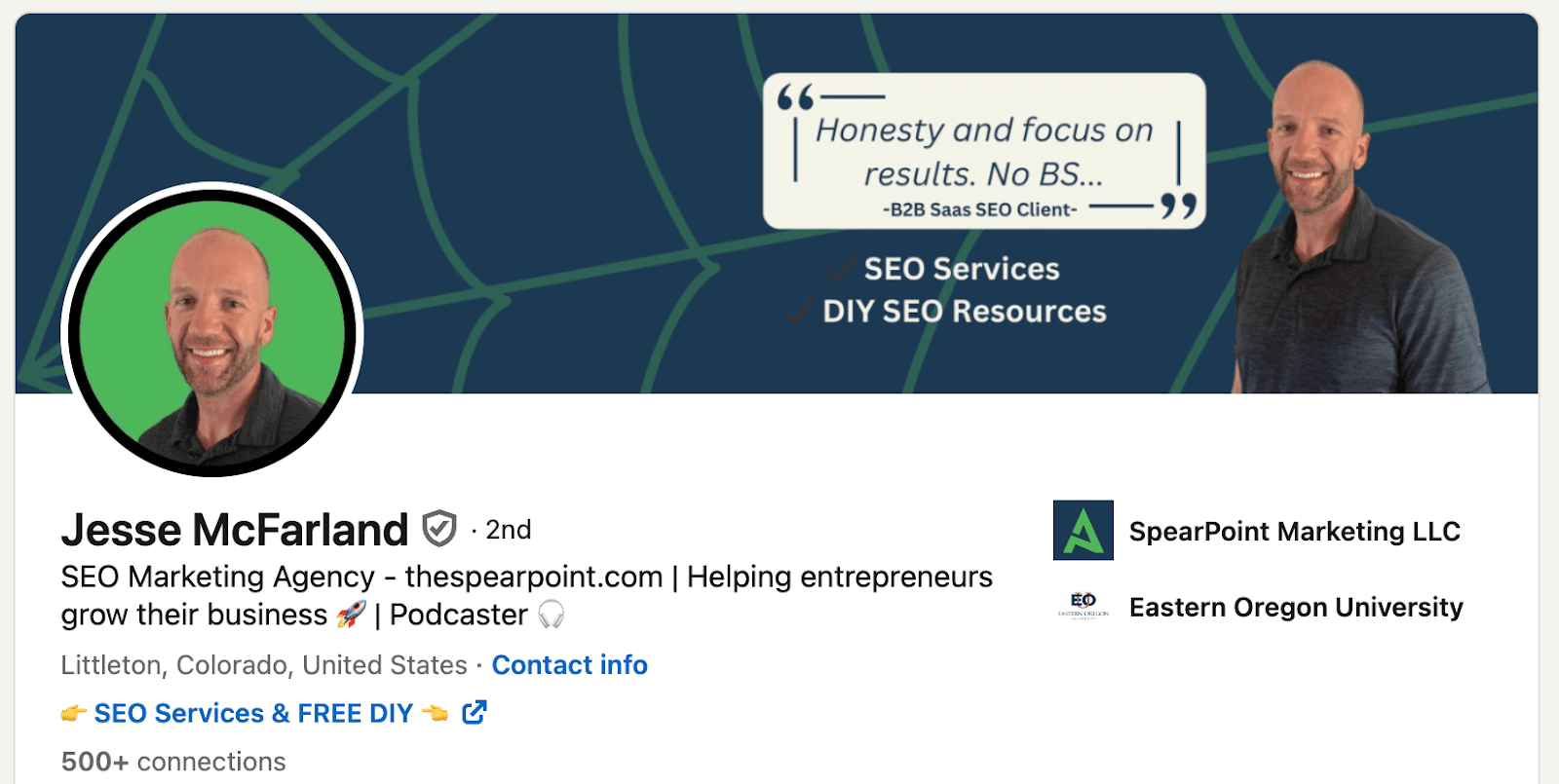
2. Understand the Limits of Virality
Jesse experienced a significant boost in visibility following a viral post discussing recruitment challenges after being laid off from a previous position. This post quickly spread across LinkedIn—garnering over 1,650 reactions and 185 comments—substantially increasing his LinkedIn profile traffic.
If “going viral” momentarily elevated his visibility, Jesse quickly understood that these sudden spikes in attention—and subsequent connection requests—were not necessarily reliable for long-term growth.
While viral posts boost visibility and credibility by creating short-term buzz, they often attract people who don’t necessarily fit the agency’s ideal client profile (ICP). Agency leaders seeking to spur sustained growth should focus on consistent, high-value content that builds genuine, long-lasting business relationships.
3. Hone Your Posting Frequency to Balance Quantity vs. Quality
Initially, Jesse aimed to post content daily to maintain visibility and engagement. Over time, however, he recognized the need to prioritize quality over quantity.
When I started my business, I just started posting on a regular basis. I went from every single day to a couple of times a week, but the key was consistency. It wasn't until the end of 2023 that I had more of a strategy involved. ‘Who is my ideal customer profile? Let's start writing content for them.’ I started doing that and having more of a return where prospects were reaching out to me.
Jesse McFarland, Founder, SpearPoint Marketing
Jesse's evolving understanding of his audience's preferences made him adjust his posting frequency and content style—actionable tips presented in carousels and slides, for example—has given him plenty of traction and maintained target audience engagement without overwhelming them.
Preserving engagement quality allowed Jesse to spend more time crafting targeted content that addressed his audience's specific needs and challenges. In SpearPoint Marketing’s case, that means focusing on delivering advice for SEO and B2B marketing.
4. Customize Content for Agency ICP and Niche
As outlined above, Jesse has refined his LinkedIn strategy to focus intensively on content customization, ensuring each post is finely tuned to the interests and needs of his ideal customer profile and agency niche.
A targeted approach has enabled Jesse to foster deeper connections with potential clients who see direct relevance in his messages.
Niche down your audience to a specific type of persona—just like you would in the ideal customer profile exercise. Then, start communicating and networking with that audience. Then, start creating content. That's how you win on LinkedIn.
Jesse McFarland, Founder, SpearPoint Marketing
By speaking directly to your target audience’s needs, you position yourself as a resource they can trust through meaningful conversations, not just another voice in the crowd. Aligning with customer needs will increase engagement and lead generation through LinkedIn.
AgencyAdvice: To define your agency’s ICP, consider factors like industry, company size, role within the company, and specific pain points. Use LinkedIn’s advanced search and analytics to help identify and understand this audience.
5. Favor Personal Branding vs. Agency Promotion
Jesse has found a significant advantage in emphasizing personal branding over direct agency promotion on LinkedIn. Building a strong personal brand has indirectly but significantly benefited SpearPoint Marketing, whose branding appears in most of his posts.
My LinkedIn business account is geared to growing ‘Jesse McFarland’, and then people will find SpearPoint Marketing.
Jesse McFarland, Founder, SpearPoint Marketing
The goal is to leverage trust and authority developed through personal interactions. Focusing on personal branding highlights who you are as an agency leader casts a positive light on your business and differentiates your agency.
This approach seamlessly transitions Jesse’s connections from personal engagement to business opportunities. It elevates his professional profile and is a subtle yet effective form of brand marketing for his agency.
6. Understand the Impact of Algorithm Changes
LinkedIn’s constant algorithm changes significantly impact visibility and engagement. Organic content that performed in stellar fashion one week may suddenly be deemed of lesser value the next (e.g., viral posts). Staying on top of LinkedIn analytics is crucial for understanding how algorithm changes affect your efforts; our LinkedIn analytics report template is a great tool to get customizable reports together quickly. Jesse recommends adopting a flexible approach to these changes.
As an agency, you shouldn’t just use a “set and forget” strategy; you must evolve with the algorithm. Being adaptable has allowed Jesse to maintain engagement levels by tweaking his content types, posting schedules, and engagement tactics in response.
Every time there's a big algorithm change, it's almost like a reboot.
Jesse McFarland, Founder, SpearPoint Marketing
Social media platforms are inherently volatile, and agency leaders must remain agile. Flexibility helps you cope with visibility issues and ensures your networking and client acquisition efforts are effective regardless of external factors.
7. Resist the Temptation of Paid Ads
For Jesse, LinkedIn is not just an isolated tool for networking; it's deeply integrated into his broader business development efforts.
That said, instead of relying on paid promotional efforts for SpearPoint Marketing, he uses insights from organic LinkedIn interactions to inform business decisions, from refining service offerings to adjusting his approach to client engagement—just as he would for his clients.
I don't use LinkedIn as an advertising platform. I’ve done it in previous roles, and it's really tough. It's easier to shine on the personal brand side. That way, you connect with other people and then build a personal brand. If you're a business owner, it's great because you can have your brand behind your name.
Jesse McFarland, Founder, SpearPoint Marketing
By effectively leveraging LinkedIn, Jesse stays connected with industry trends and client needs and strategically uses the platform to guide his business toward growth and client satisfaction.
Jesse doesn't rely on paid LinkedIn ads because they can't guarantee the same level of engagement as direct participation in LinkedIn groups.
So, remember: Paid ads bring temporary visibility, but engaging in groups builds genuine relationships and trust, leading to deeper, more sustained engagement. This community participation helps create meaningful connections that drive long-term growth and client loyalty.
It’s about more than posting content; it’s about aligning that content with the agency's goals.
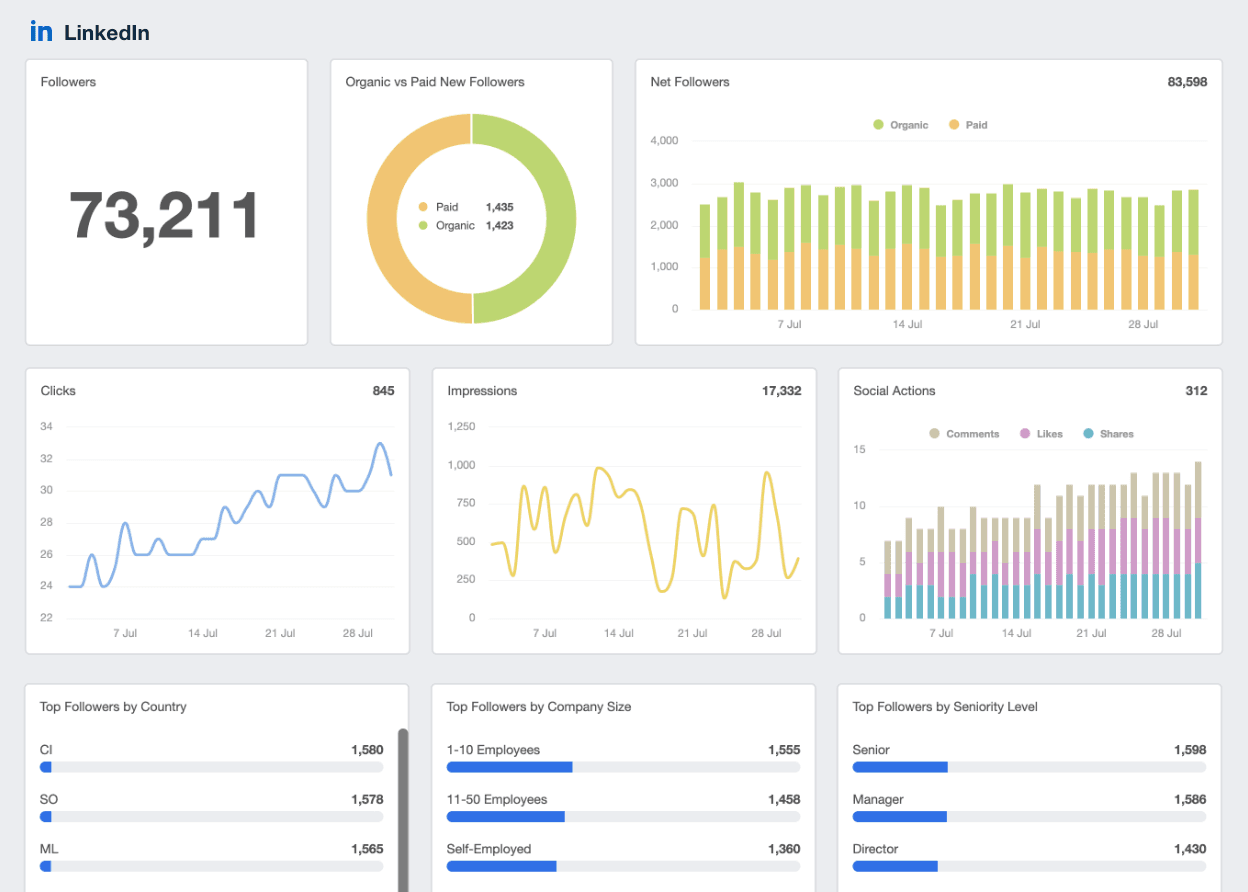
Track your agency’s organic performance on LinkedIn—or your clients! Create a white label dashboard in seconds flat with AgencyAnalytics. Try it free today!
8. Engage Beyond Posting Content
Jesse emphasizes the importance of interaction beyond posting content on LinkedIn. He actively engages with commenters and content from others in his network, which is crucial for building meaningful relationships.
Engaging with others' content—commenting, sharing, discussing—helps establish a two-way communication channel. This helps Jesse strengthen his connections and often leads to direct business opportunities through increased trust and recognition.
It's all about networking with the right people who could be potential customers for your business.
Jesse McFarland, Founder, SpearPoint Marketing
The takeaway: A proactive engagement strategy boosts visibility and fosters a community around your LinkedIn profile, enhancing your reputation as an active and involved industry participant.
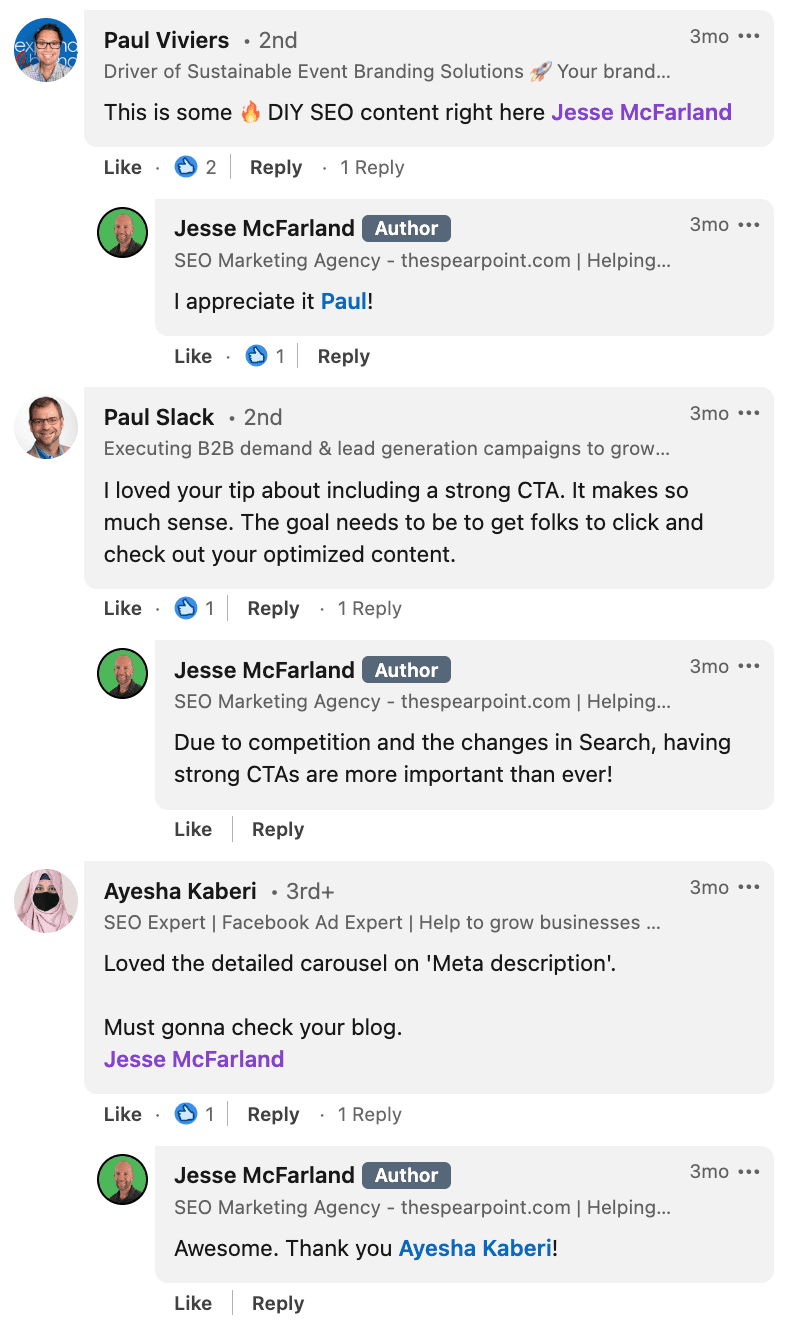
9. Leverage LinkedIn for Thought Leadership
Jesse uses LinkedIn to position himself as a thought leader within his industry. By sharing valuable content on challenges, successes, and industry trends, Jesse informs his target audience and demonstrates his expertise and leadership.
Just as your agency would advise your clients, adding real value for your followers on LinkedIn is what creates an engaged community. Jesse's approach has helped him attract professionals who value his perspective and seek his guidance and advice.
10. Use LinkedIn for Market Research
Jesse’s LinkedIn engagement is an invaluable market research tool. Through interactions on his posts and group discussions, he gains real-time feedback and insights into what his target audience is interested in and concerned about.
Every comment and discussion gives Jesse clues about his niche audience’s pain points and needs. It’s like having a direct line to potential clients' thoughts by honing in on relevant keywords, topics, and questions. This continuous feedback loop helps Jesse refine his service offerings and tailor his marketing strategies to meet client demands.
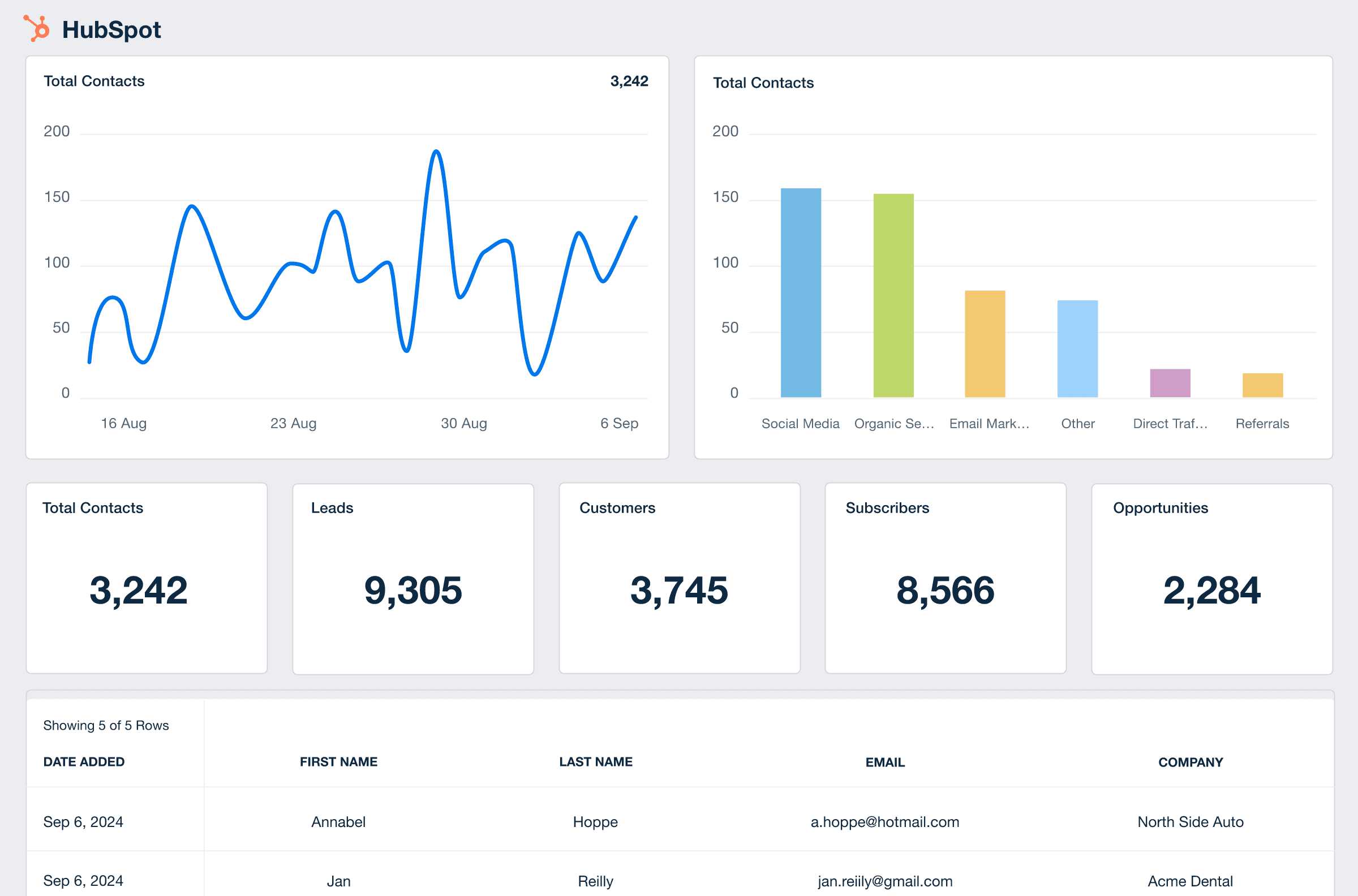
Once you land your LinkedIn leads, easily keep track of them using AgencyAnalytics’ HubSpot integration. Get your free 14-day trial today!
Embrace LinkedIn as a Powerful Business Development Tool
Jesse's LinkedIn business development strategies—identifying his ideal customer profile, creating targeted content, and actively engaging with his network and LinkedIn groups—have proven effective in building strategic partnerships and scaling the agency.
Before, the goal was getting eyeballs. Now, eyeballs are less important. It's more about making connections with people who fit my customer profile.
Jesse McFarland, Founder, SpearPoint Marketing
Agency leaders aiming to enhance their LinkedIn presence should consider adopting similar tactics. Tailor your content, engage genuinely with your network, and use LinkedIn analytics to adjust your strategy.
Apply these methods to boost your engagement, expand your professional influence on LinkedIn, and pave the way for agency success.
Impress clients and save hours with custom, automated reporting.
Join 7,000+ agencies that create reports in minutes instead of hours using AgencyAnalytics. Get started for free. No credit card required.

Written by
Francois Marchand brings more than 20 years of experience in marketing, journalism, and content production. His goal is to equip agency leaders with innovative strategies and actionable advice to succeed in digital marketing, SaaS, and ecommerce.
Read more posts by Francois MarchandSee how 7,000+ marketing agencies help clients win
Free 14-day trial. No credit card required.



